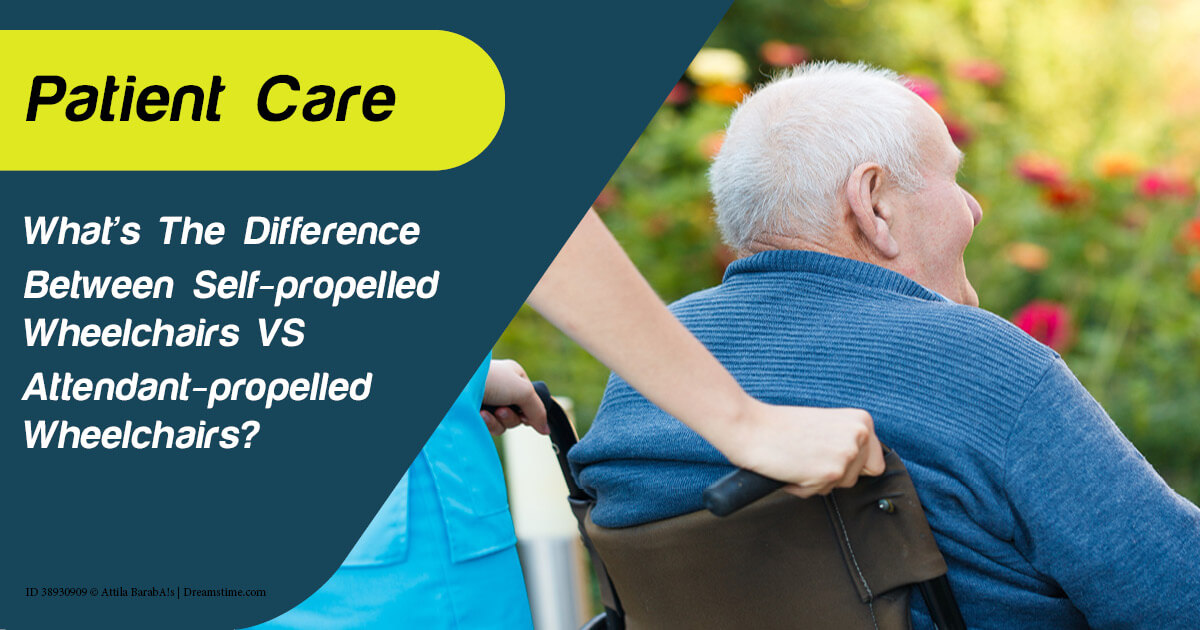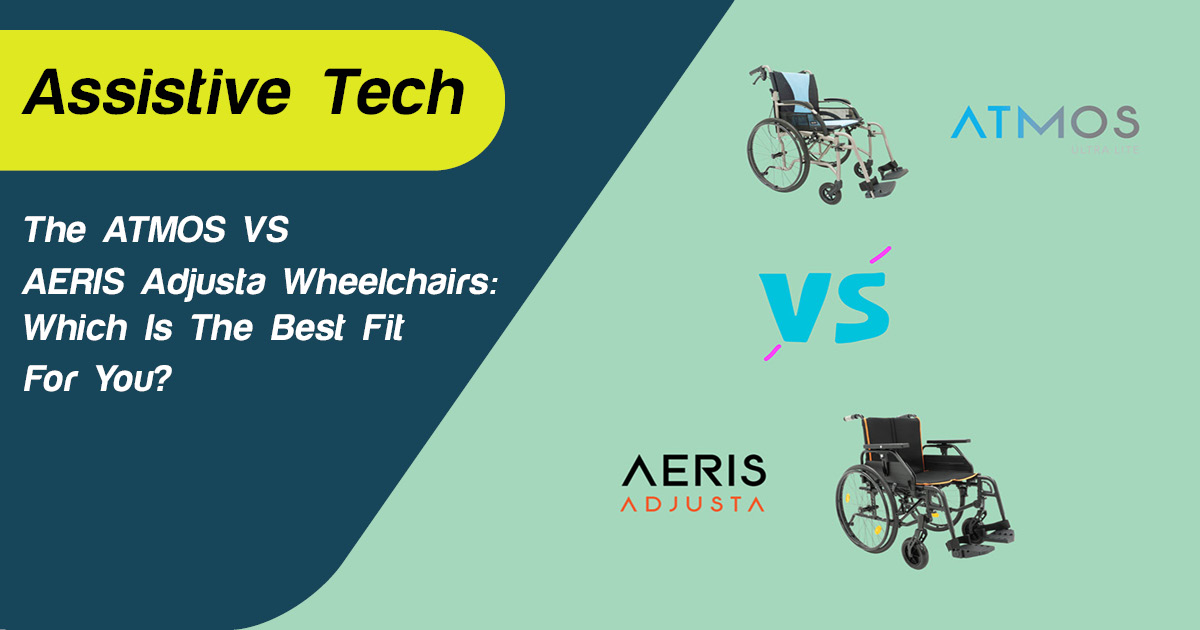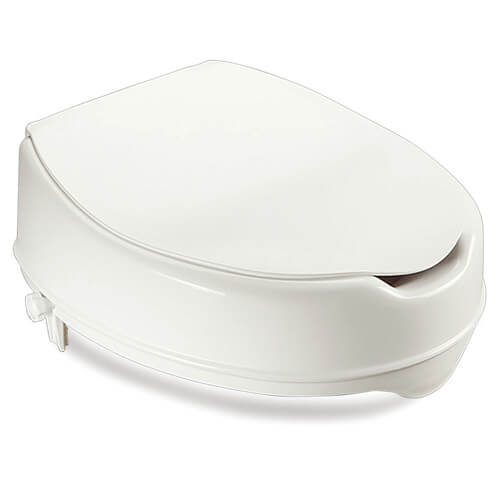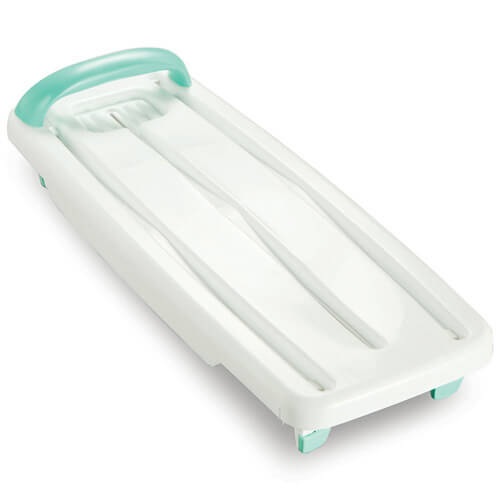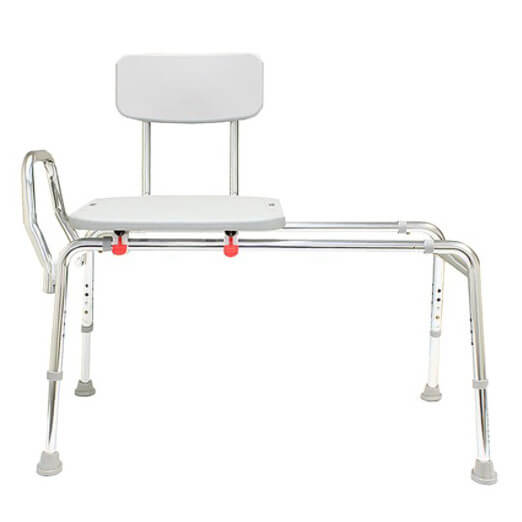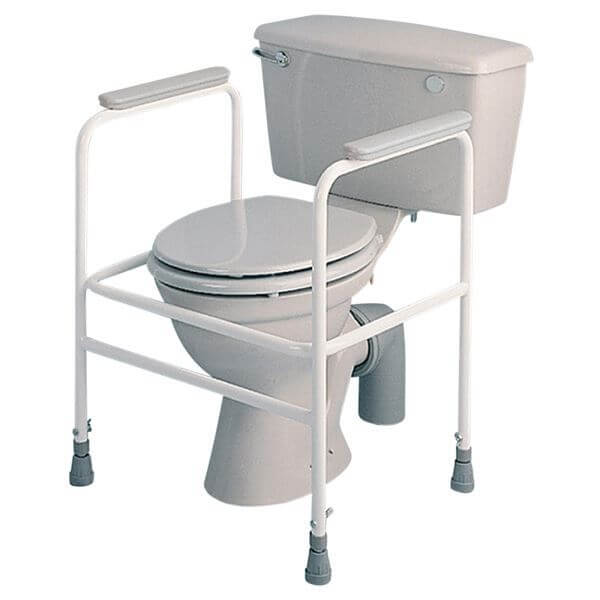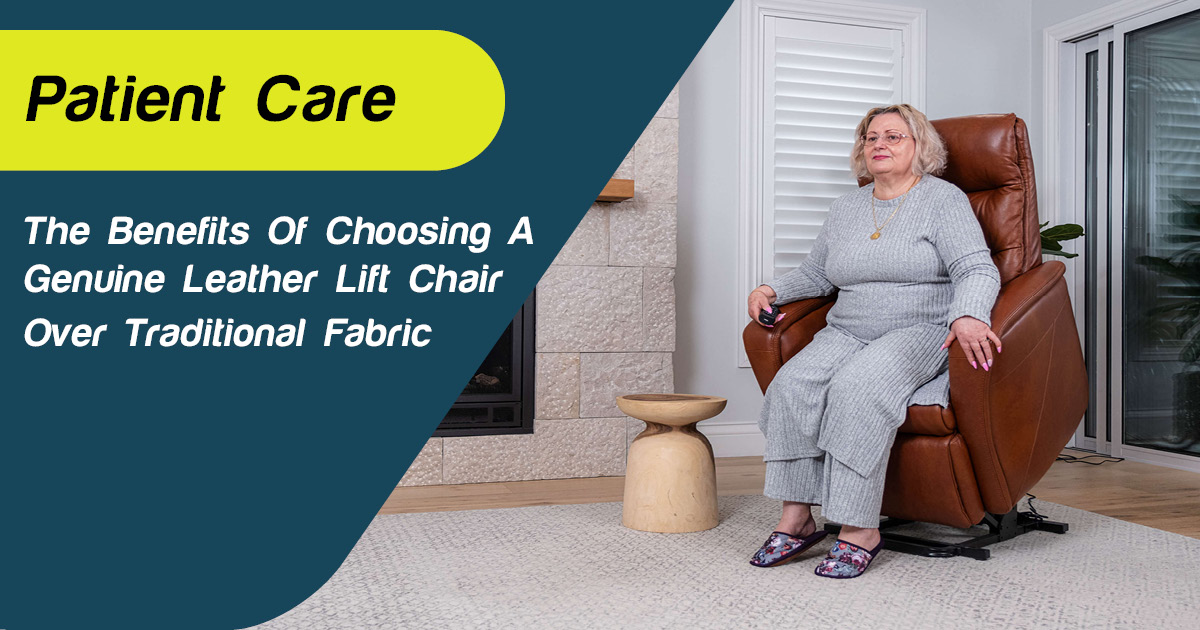
Share
Navigating the bathroom can be a real challenge for individuals with limited mobility. Slippery floors, tight spaces, and high edges can make routine tasks feel risky—fortunately, with some smart adjustments and the right equipment, you can make your bathroom safer and more accessible.
From essential safety fixtures to convenient assistive aids, there are many ways to turn a standard bathroom into a secure, user-friendly space that supports greater independence and peace of mind!
Install grab bars & safety rails

Grab bars are essential for providing stability and support in bathrooms, helping those with mobility challenges move safely. Well-installed bars significantly increase safety by supporting key movements, like getting on and off the toilet or moving in and out of the shower.
These bars can support significant weight and come in various designs to fit different needs and spaces. We recommend choosing stainless steel or aluminium with slip-resistant finishes for long-lasting, reliable support.
Correct positioning is vital for effective support. Vertical grab bars should be installed around 18 to 24 inches from the showerhead, while horizontal bars in bathtubs should be 36 inches from the tub's bottom. This placement helps users lift themselves safely.
Always check the manufacturer’s installation instructions for the best possible result.
Use non-slip surfaces & mats

Bathroom surfaces create the most common safety risks, especially when tile floors become wet. Water mixed with soap on smooth surfaces creates the highest risk of falls.
Modern bathrooms need safe and reliable flooring solutions. Non-slip ceramic and porcelain tiles with textured surfaces are both safe and comfortable. These tiles must have a Coefficient of Friction (CoF) of 0.6 to provide adequate slip resistance. Safety experts recommend these proven options:
- Textured ceramics with R-ratings between 9 and 13
- Non-slip vinyl sheets that minimise seams
- Polished concrete protected by anti-slip coating
- Natural stone's textured finish
- Epoxy flooring with grip-enhancing properties
If floor replacement is not feasible, non-slip bath mats can be helpful and affordable. Quality bath mats protect areas where water tends to collect—look for rubber mats with moulded suction cups for added grip and holes to allow water to drain easily.
Upgrade to accessible fixtures & accessories
Accessible fixtures and accessories balance safety and comfort, making bathrooms more user-friendly without sacrificing style. Carefully designed grab bars and adjustable fixtures, for example, ensure everyone can confidently navigate the space. These additions seamlessly integrate with modern bathroom aesthetics, proving that functionality and elegance can go hand in hand.
Here are a few examples of accessible fixtures and accessories our clients have added to their bathroom designs!
Raised Toilet Seats
Raised toilet seats add extra height, clamp-on mechanisms for stability, and sometimes even armrests/grab rails, making transferring on and off the toilet easier. They offer adjustable heights and require no permanent installation, making them a convenient and cost-effective solution. We recommend the Savannah Raised Toilet Seat from Care Quip, which can add between 50mm and 150mm of height to your toilet! |
Easy-Access Baths
Easy-access baths are designed to offer a safer and more comfortable bathing experience. Side-access baths, for example, have a built-in door, making it simple to step in without climbing over the tub’s edge, reducing the risk of slips. Baths with variable heights, like the Reval Caprice Bath, can also be adjusted to the user’s level, making transfers from a wheelchair or seat more seamless. Some models also include hoists that provide extra assistance for those needing it. These features enhance independence, allowing people to bathe safely and comfortably in their homes. |
Shower Stools & Chairs
Shower chairs offer a stable, seated position for showering, reducing the risk of falls in slippery environments. From simple, lightweight stools to adjustable, padded chairs with backrests, models with height adjustments, and models with non-slip feet or wheels with locking mechanisms, shower chairs come in various designs to meet the user’s needs. Plus, shower chairs are usually removable, eliminating unnecessary bathroom renovations. |
Tap Turners
Tap turners provide a convenient solution for people with limited hand strength or dexterity, making it easy to operate taps without straining. Designed to fit securely over standard crystal or crosshead taps, turners offer a larger, easy-grip handle that significantly reduces the effort needed to turn taps on and off. This is especially helpful for individuals with arthritis, grip issues, or reduced hand mobility. |
Handheld Showers
Handheld showerheads offer more control than fixed ones, making it easier for seated users or those with limited reach to shower independently. Choose a model with a long, flexible hose that can easily reach all body parts, reducing the need to stretch or shift. Some models, like the one pictured above, come with convenient wall mounts or brackets for added flexibility. |
The Shower Buddy System
The ShowerBuddy is a versatile shower transfer system designed for individuals with limited mobility. It allows for seamless movement into the shower without lifting, reducing the risk of falls or caregiver strain. The petite version is tailored for smaller frames and children, offering a safe and comfortable solution for younger users. |
Bath Boards
Bathboards provide a stable seating surface over the bathtub, enabling users to bathe comfortably while seated. The Kingfisher Bathboard, for example, is ideal for those with balance issues or limited leg strength, promoting independence and reducing the need for extensive physical assistance during bathing. |
Transfer Benches
Transfer benches facilitate safe and efficient movement into and out of the bathtub or shower. Sliding benches, in particular, feature a convenient sliding seat that minimises physical effort and the risk of falls, making them an excellent choice for individuals recovering from injuries or with limited mobility and strength. |
Toilet Surrounds & Throne Rails
Adjustable toilet surrounds provide added support for individuals with difficulty sitting down or standing up from the toilet. Featuring sturdy handrails, they enhance stability and confidence, allowing users to maintain independence in the bathroom while minimising the risk of accidents or injury. |
Long-Handled Sponges
Long-handled sponges are ideal for individuals with limited reach or flexibility. These sponges enable users to clean hard-to-reach areas without straining, making personal hygiene easier and more comfortable for those with reduced mobility in their arms, shoulders, or back. |
Improve lighting & visibility
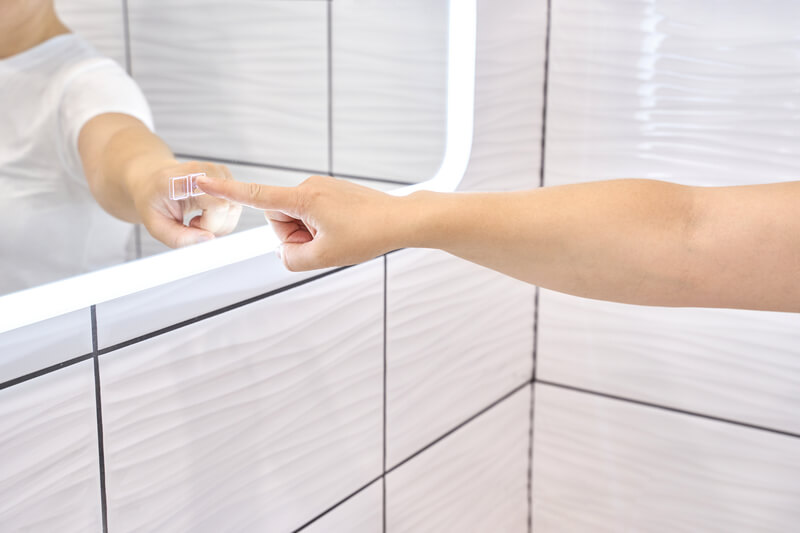
ID 335626998 © Elenavolf | Dreamstime.com
Proper lighting in the bathroom is essential for safety, particularly for individuals with visual impairments or mobility challenges. A well-lit bathroom prevents accidents by eliminating dark spots and shadows and enhances overall navigation and ease of use, helping individuals move confidently.
Motion-activated lights offer a gentle, automatic solution for nighttime safety, providing illumination only when needed. These lights are especially beneficial in reducing falls, allowing users to navigate the bathroom without fumbling for light switches in the dark. By emitting a soft, ambient glow, motion-sensor lights help prevent sleep disruption while ensuring that paths remain safely illuminated. This technology is ideal for bathrooms, helping create a responsive, safe environment.
Incorporating high-contrast colours is also an effective way to enhance visibility and orientation in the bathroom. The contrast between items like light switch plates, towels, fixtures, and toilet seats against surrounding surfaces makes it easier for low-vision users to identify key elements. For example, using a dark-coloured toilet seat against a lighter wall or contrasting coloured towels with bathroom tiles creates a visual guide for navigation.
High-contrast elements can be combined with smart lighting systems that adjust brightness and colour, providing optimal visibility at all times and supporting safe, accessible bathroom use.
Consider your bathroom dimensions
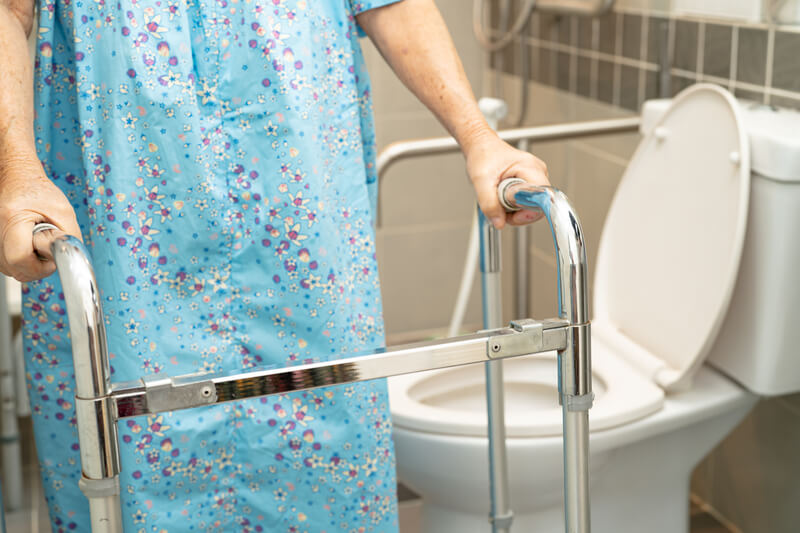
ID 321167585 © Chormail | Dreamstime.com
Individuals using mobility aids like wheelchairs or walkers often need a wider turning circle, ideally at least 1500mm in diameter, to navigate comfortably and safely. Allowing this extra room reduces the risk of collisions with fixtures and walls, making it easier for users to move freely.
It also provides space for support workers to complete safe transfers for clients who need additional support while bathing or using the facilities. This may include using bath lifts, changing tables, or ceiling hoists.
If space permits, consider removing unnecessary fixtures or choosing more compact designs to maximise available floor area. Sliding doors are an excellent choice, as they reduce the need for extra clearance that traditional doors require.
Create a safer bathroom at home with Active Mobility
Creating a safe, accessible bathroom doesn’t have to mean a complete renovation. With thoughtful planning and the right equipment, you can make simple adjustments that drastically improve comfort, independence, and safety for individuals with mobility challenges.
From essential fixtures like grab rails and non-slip flooring to more comprehensive solutions like walk-in showers and expanded turning circles, each addition contributes to a bathroom that’s easier and safer to navigate.
At Active Mobility, we offer a wide range of products to support safe, comfortable, and independent life at home. Browse through our collection of bathroom products, ranging from grab rails to bath and shower chairs, bathroom accessories, and more!


